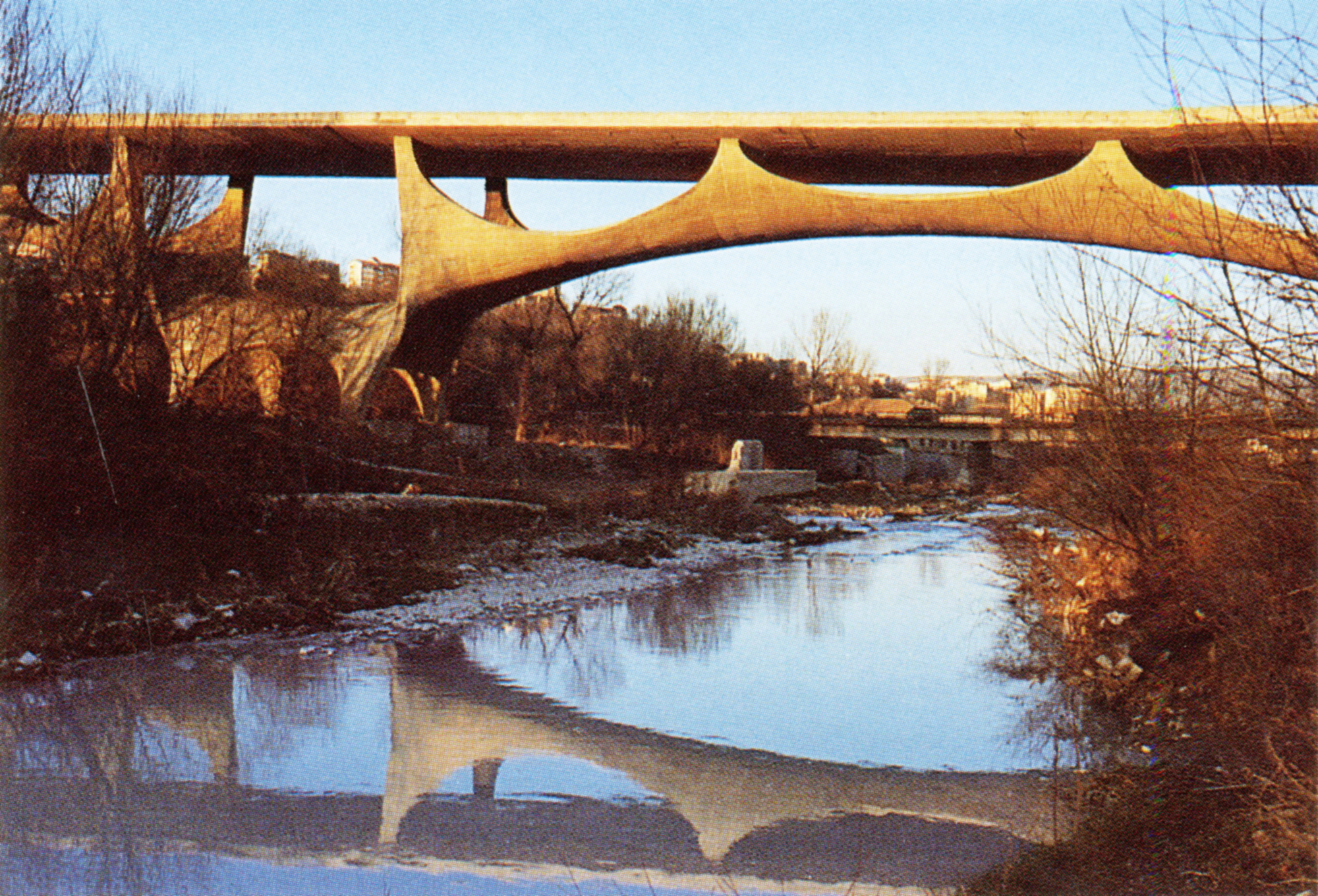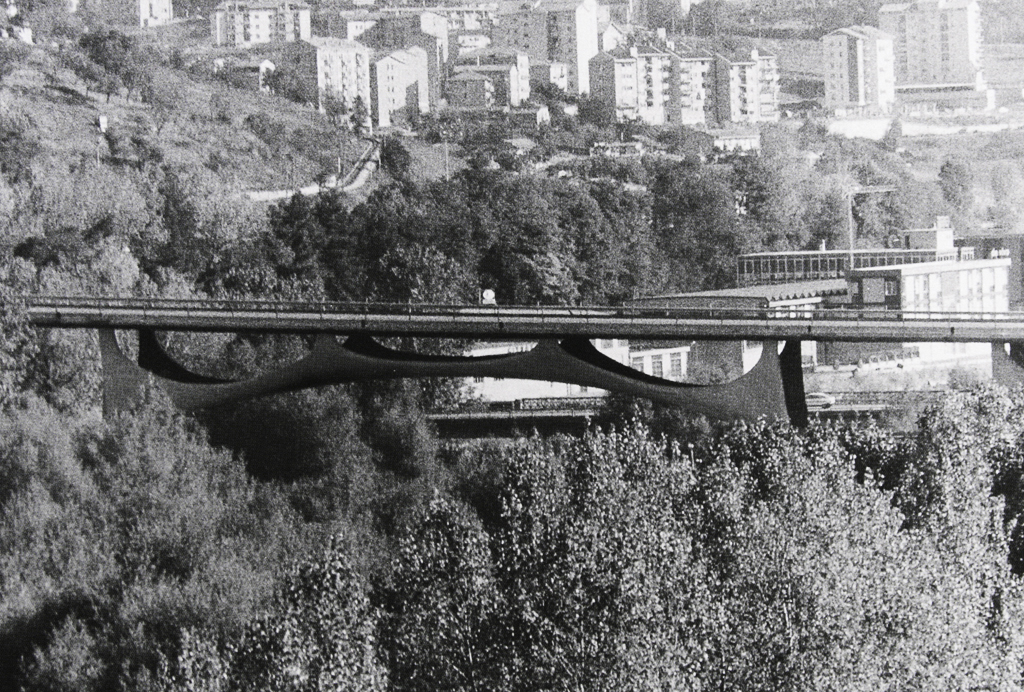


“Minimum Structure: Musmeci and the Semiotics of Statics.” In GSD Platform 4, edited by Eric Howeler, 160–63. Barcelona: Actar, 2011.
>>> Download PDF
After training under Pier Luigi Nervi and Riccardo Morandi, the Italian architect-engineer Sergio Musmeci (1926-1981) developed a unique approach to structural design based on his idea of “minimum structure.” It was steeped in complex mathematics, geometry, and theories of static equilibirum. Yet a deeper dive into Musmeci’s propositions reveals what they share in common with the mid-twentieth-century intellectual movement known as structuralism, a set of organizing principles born out of Ferdinand de Saussure’s studies of language.
